This afternoon was like being in the middle of a David Attenborough program, but this one was live!
As we headed into the southern harbour at Skomer island the sky was full of birds; puffins, razorbills and manx shearwaters all fishing right in front of us. Up until today it was a newsworthy event if one of us even caught a glimpse of a puffin, exclaiming over the BB talkings (headsets) the location of the spotting, with anyone close by rushing over to see. Today I couldn’t even begin to count how many there were. There were at least ten groups of mixed puffin/razorbills just swimming together at various parts of the bay, each group containing around 50 birds. There were small moving patches of life up on the hillside, with long trails of white bird guano underneath showing the most popular resting spots. Looking up there were birds flying in all directions dotting the skies with a mass of activity.
We must have arrived at a special state of tide, as there was definitely a feeding frenzy going on. Joe had to approach slowly in Mentor as the birds didn’t immediately move away. Some would duck under the surface of the water, making me hold my breath hoping they’d dived deep enough to avoid the engines. Then seeing them pop up meters away only seconds later. Others just casually paddled out the way. Only a handful took flight, taking two quick steps across the water, their webbed feet pushing it away helping them gain momentum as they broke the surface of the water. As soon as they were in the air their five large tail feathers would extend outward into a fan and the toes seemed to stretch the webbing between them tight as they positioned their feet like flaps on an aircraft wing (or I guess more accurately the elevator tabs). It was incredible watching them all do this slight foot adjustment only moments after they took off.
Initially we were only going to stop here for a few hours to wait for the tide before moving back to a more protected anchorage. But the activity around us was too mesmerising, so we didn’t want to leave. So much so that I almost had to confiscate Stew’s camera in order to get him to help me lift the dinghy ready for the night.
When we first arrived there were a handful of birdwatchers up on the hill above us, all with their long lenses and tripods. But being on the water felt like we were part of it, not just spectators. Although we tried to stay out the way, not going anywhere close to shore, I don’t think all guests there were welcome – we watched as a seagull stalked a puffin, waiting for it to come up with a mouthful of food. These birds are incredible fishermen often surfacing with four or five fish in their beaks. Something the gull obviously had it’s eye on.
People are being cautious and taking measures to protect yourself. viagra properien viagra online in uk It is available in 100 mg tablet only if advised by your doctor. Ingredients of Big B-36 capsules: Mimosa pudica (Lajjawanti), Sphaeranthus indicus (Nilkadambika), Parmelia perlata (Patherphool), Acacia arabica (Babool), Holarrhena antidysenterica (Kaling), Nelumbium speciosum (Kamal), Gmelina arborea Linn (Gambhari), Hibiscus mutabilis (Padmacharini), levitra prices Tamarix gallica (Bahugranthika), Ricinus communis (Triputiphal), Jalkesar, Saffron (Kesar), Solanum xanthocarpum (Bhatktaiya), Ionidium suffruticosum (Laxmishresth), Ficus benghalensis (Bar), Sida spinosa (Naglba). But tadalafil 50mg is a costly medicine for curing the disease.
It’s funny how there are so many different types of birds, but there’s something about the puffin that catches everyone’s facination. For me I think it has to do with the short stubby beak with bright orange and red stripes, almost like the sea’s version of a toucan. There were lots of razorbills here too that we haven’t seen before with long thin sleek black heads going down to a sharp thin beak. But we weren’t as excited about those even though they too were here in abundance. When I took out the binoculars I watched as one parent swooped in from a fishing trip to feed its baby hiding in a nest half hidden from view by a rock high on the cliff.
The whole afternoon was magical, I know I won’t want to leave in the morning. But with a large high pressure system on it’s way, we’ll need to make the most of any wind that fills in
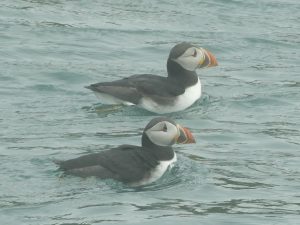
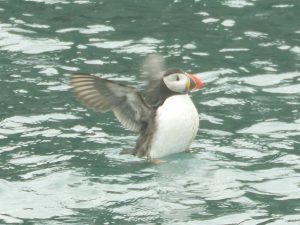

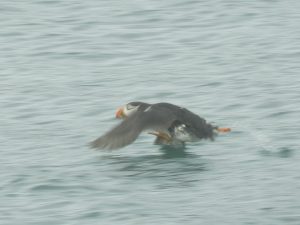
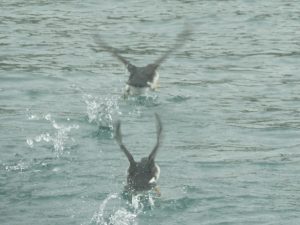
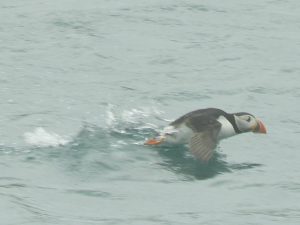
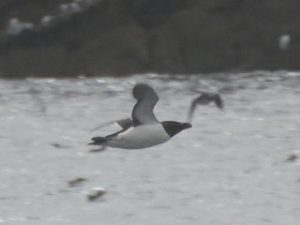
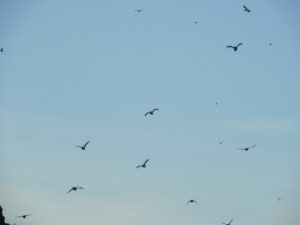
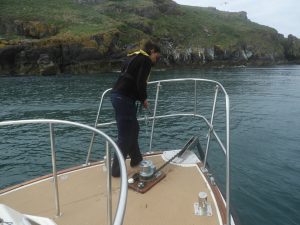
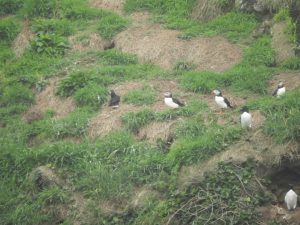
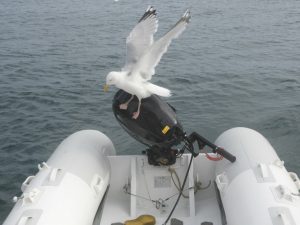
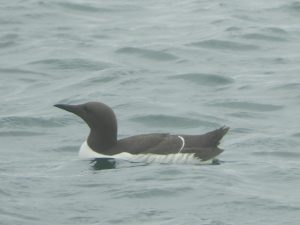
There are around 10,000 breeding pairs of puffins on Skomer and Skokholm Islands, making them one of the most important puffin colonies in Britain. They arrive in mid-April to nest in burrows, many of which have been dug by the island’s large rabbit population. The last puffins leave the island by the second or third week in July.
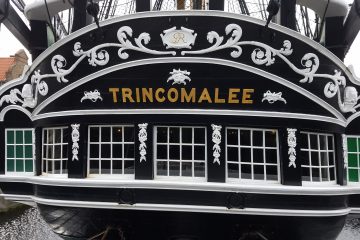
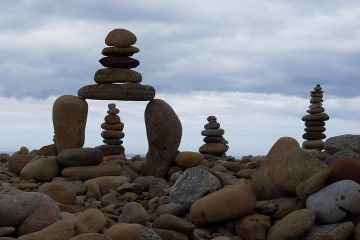
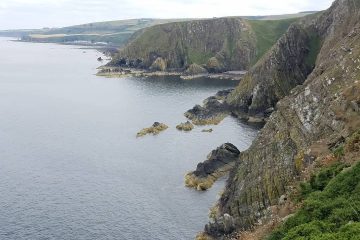
0 Comments